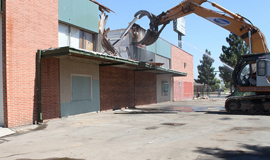
Leimert Park Beat, the community website serving Leimert Park, is celebrating its 1,000 members. The website, founded in 2007 by Leimert Park resident Eddie North-Hager, provides news and a social network for neighborhood residents, who actively contribute information and upload photos and videos of community events.
To celebrate that the site has now more than 1,000 members, its founder and publisher is throwing a little party on Sunday, September 25 from 2 to 6 pm for the community to continue doing social networking and getting to know each other better.
The following video highlights how Eddie and Leimert Park Beat have helped make change in the community.











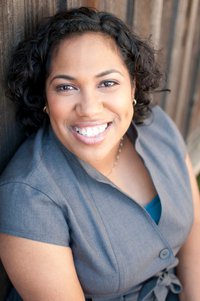
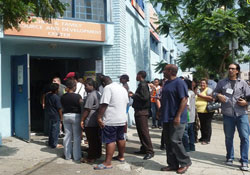 The line stretched down the street for free vaccinations for the Tdap (Tetanus, Diptheria and Pertussis, also known as whooping cough) vaccines and other health screenings. Under California law, all students entering 7th through 12th grades in the 2011-2012 school year must show proof of Tdap vaccinations before they can attend school.
The line stretched down the street for free vaccinations for the Tdap (Tetanus, Diptheria and Pertussis, also known as whooping cough) vaccines and other health screenings. Under California law, all students entering 7th through 12th grades in the 2011-2012 school year must show proof of Tdap vaccinations before they can attend school. 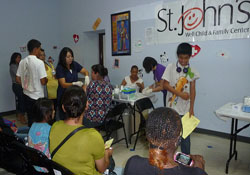
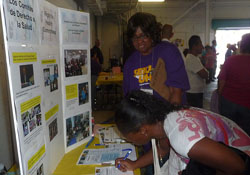
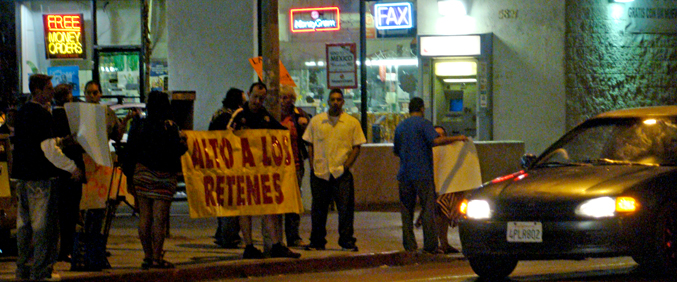
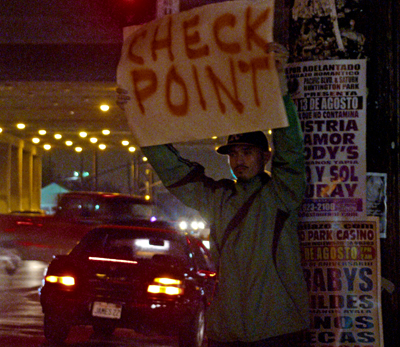
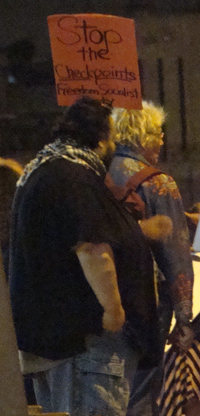 “We’ve very visible,” Gochez said. “They know we’re here.”
“We’ve very visible,” Gochez said. “They know we’re here.” The young student artists were chosen from Freedom Schools in the Second District of Los Angeles. Supervisor Ridley-Thomas’ office, which provides partial funding for the six-week summer literacy program, partnered with the Department of Public Works and City Year Los Angeles for the mural activity. The murals will be displayed in front of the Martin Luther King Jr. Multi-Service Ambulatory Care Center until construction ends in 2013, when they will be moved to a permanent location.
The young student artists were chosen from Freedom Schools in the Second District of Los Angeles. Supervisor Ridley-Thomas’ office, which provides partial funding for the six-week summer literacy program, partnered with the Department of Public Works and City Year Los Angeles for the mural activity. The murals will be displayed in front of the Martin Luther King Jr. Multi-Service Ambulatory Care Center until construction ends in 2013, when they will be moved to a permanent location. 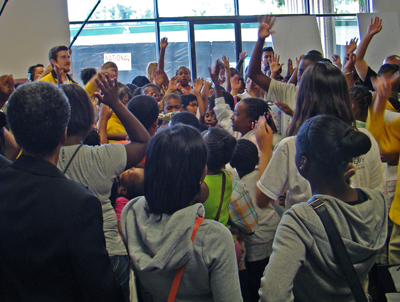 Chanting and cheering is an integral part of the Children’s Defense Fund Freedom Schools® curriculum. Each morning begins with the Swahili tradition of harambee, which includes a guest reader, motivational singing, call-and-response cheering, affirmations and a meditational moment of silence before the day’s activities begin. Guest readers are community professionals from a wide range of careers, and they tell students how reading and literacy is relevant to their field of work.
Chanting and cheering is an integral part of the Children’s Defense Fund Freedom Schools® curriculum. Each morning begins with the Swahili tradition of harambee, which includes a guest reader, motivational singing, call-and-response cheering, affirmations and a meditational moment of silence before the day’s activities begin. Guest readers are community professionals from a wide range of careers, and they tell students how reading and literacy is relevant to their field of work.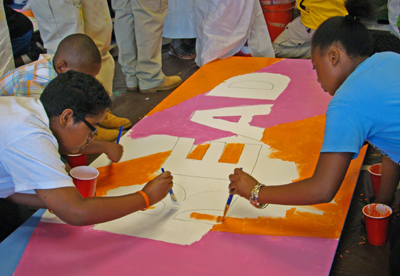 Children’s Defense Fund Freedom Schools® are hosted at four sites within Ridley-Thomas’s district: First New Christian Fellowship, Bethel A.M.E. Church, Community Coalition at Foshay Learning Center and First Church of God in Inglewood.
Children’s Defense Fund Freedom Schools® are hosted at four sites within Ridley-Thomas’s district: First New Christian Fellowship, Bethel A.M.E. Church, Community Coalition at Foshay Learning Center and First Church of God in Inglewood.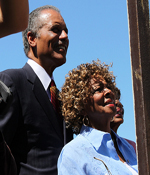 A smiling Bernard Parks watched as an excavator dug its claws into a dilapidated building at Marlton Square, marking what everyone hopes will be a real beginning of a new shopping center. The 8th District city councilman has been assuring Crenshaw residents for years that this day would come. But you could forgive residents if they were skeptical.
A smiling Bernard Parks watched as an excavator dug its claws into a dilapidated building at Marlton Square, marking what everyone hopes will be a real beginning of a new shopping center. The 8th District city councilman has been assuring Crenshaw residents for years that this day would come. But you could forgive residents if they were skeptical.